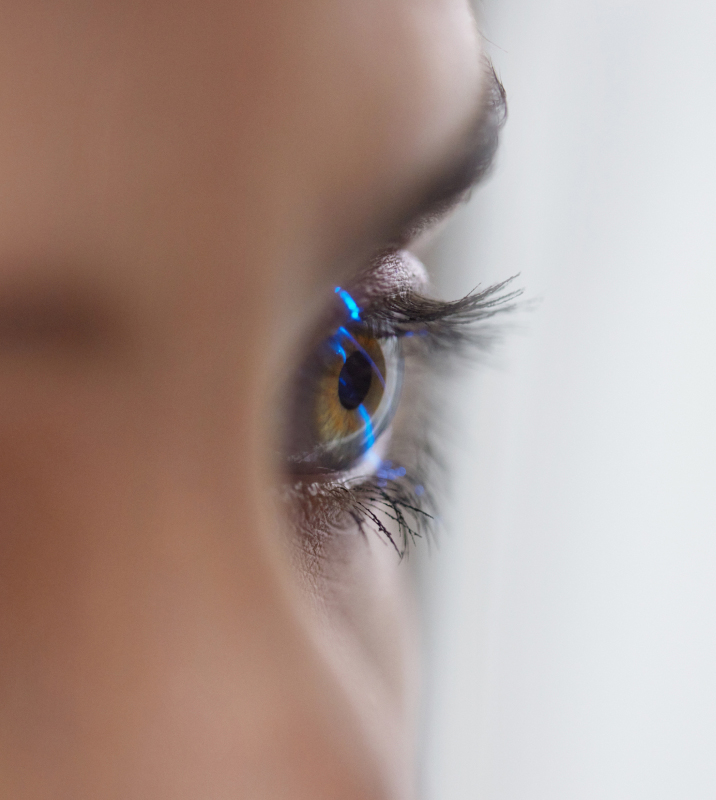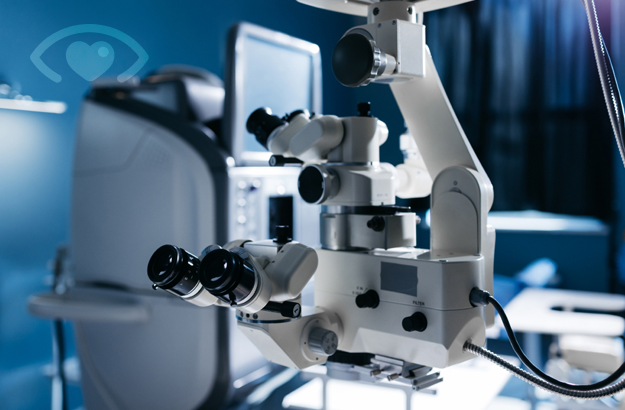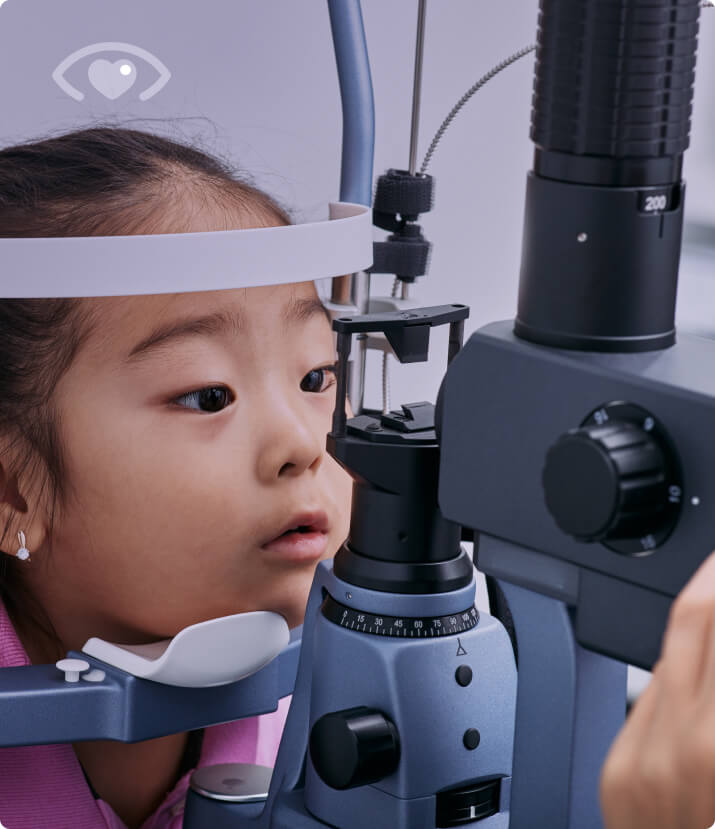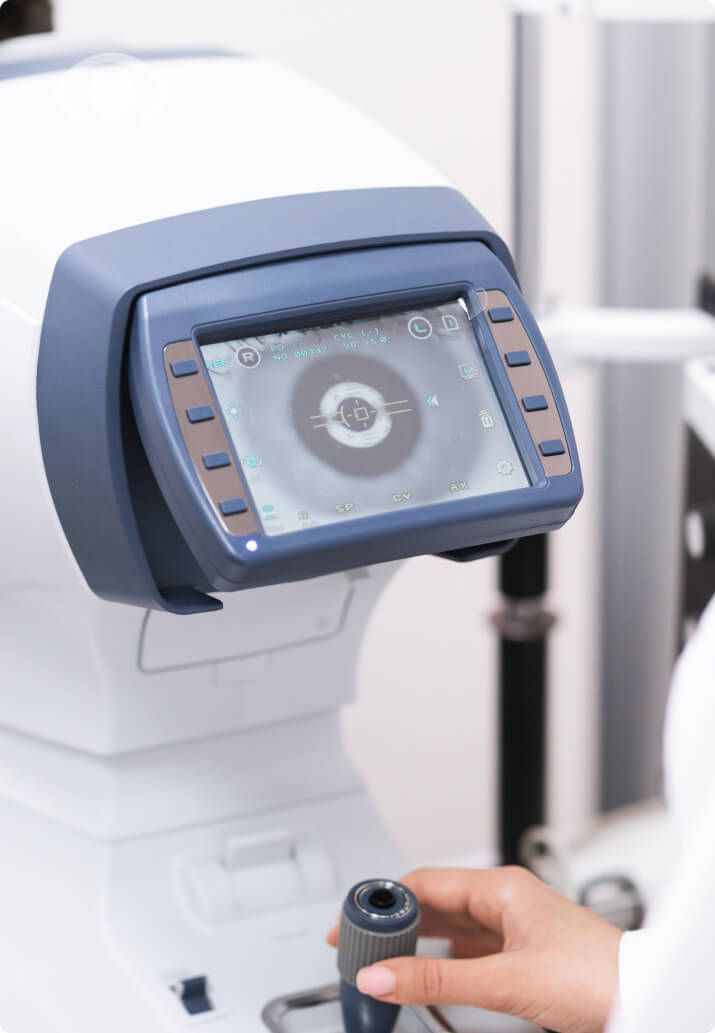Eye ScreeningIn Singapore
Why Is Eye Screening Important?
Regardless of your age or overall health, regularly visiting your doctor for comprehensive eye screening exams can help detect vision-threatening conditions in their early stages while they are still most treatable.
Most eye conditions don’t cause symptoms until the later stages when the damage has already progressed and may even be irreversible. With regular check-ups, eye specialists can check the patient’s risk of developing certain eye conditions and eye infections, and prescribe immediate and appropriate treatment to prevent further vision loss.
For those diagnosed with myopia or presbyopia , an eye screening will ensure that you obtain the appropriate spectacles and contact lenses as early as possible, which is crucial to minimise progression.


Comprehensive Eye Screening Clinic
At Dr Leo Adult & Paediatric Eye Specialist, we offer a complete range of eye screenings for adults and children within a comfortable and stress-free environment. Whether they are standard and routine screenings, or customised screenings for specific conditions, we are able to offer them seamlessly under one roof.
What Are the Different Types of Eye Tests in Singapore?
Common types of eye tests and examinations include:

This is a routine eye exam that measures how clearly you can see at different distances.

This test is used to screen for glaucoma. It measures the pressure inside the eye.

This comprehensive exam evaluates the back of the eye, including the retina, optic disc, and underlying blood vessels.

This test determines the lens prescription needed for glasses or contact lenses.

A microscope with a bright light is used to examine the structures of the eye, including the cornea, iris, lens, and anterior chamber, closely.

This checks for abnormalities in the eye that may indicate issues like cataracts.

This eye exam measures the thickness of the cornea, which is important for diagnosing and managing glaucoma.

This test is used to assess peripheral vision and detect central and side vision dysfunction.

This exam is used to diagnose issues related to tear production and quality.

This eye test screens for colour blindness by asking the individual to identify numbers within coloured dot patterns.

Types of Eye Screening Packages in Singapore
Eye screenings are recommended for children especially before he or she starts kindergarten. You should also get your child’s vision assessed if you notice signs that he or she is not seeing well. Eye tests are crucial to ensure your child's vision develops properly.
For teens and adults, it is recommended to undergo eye exams once every two years or so. For those with existing eye conditions, it is advisable to have your eyes checked annually to ensure your condition is still well-managed, or if it has changed.
Early detection of glaucoma is vital to slowing the condition and preserving sight. Comprehensive eye exams for age-related eye conditions like glaucoma is recommended starting from age 40. These specialised screenings are designed to identify and manage glaucoma.
Cataract screenings involve a series of eye tests and imaging techniques to detect clouding of the eye’s natural lens, which can impair vision. These screenings are essential for timely diagnosis and treatment to prevent vision loss.

How Can I Prepare for Eye Screening?
Preparing for an eye screening can ensure more accurate results and a smoother experience.
- Avoid Straining Your Eyes – Refrain from excessive use of digital devices beforehand. Prolonged screen time can cause eye strain and fatigue, potentially affecting the test results.
- Do Not Wear Contact Lenses – If you wear contact lenses, remove them beforehand as they can temporarily change the shape of your cornea, which may affect the results of certain tests.
- Limit Caffeine Intake – Consuming high amounts of caffeine can lead to increased eye pressure and might influence the results of your intraocular pressure test.
- Avoid Alcohol – Drinking alcohol before the test can lead to blurred vision and dilated blood vessels in the eyes, potentially affecting the accuracy of certain tests.
- Medical History Information – Prepare a list of medications you are taking and any known allergies. Be sure to include any relevant medical or family history related to your eyes.
- Eyeglasses and Contact Lenses – Bring your current eyeglasses or contact lenses along with their prescription details.
- Sunglasses – Eye exams often include pupil dilation, making your eyes sensitive to light. Sunglasses can protect your eyes from bright light and make your trip home more comfortable.
- List of Questions or Concerns – Jot down any questions or concerns you have about your vision or eye health so that you can address important topics during your appointment.
How Often Should You Go for an Eye Exam?
To help keep one’s eye health and vision in check, adults aged 18 to 60 are advised to undergo a full eye exam every two years. On the other hand, annual screenings are recommended for those who:
- Are 61 years old and older
- Have a family history of eye conditions such as glaucoma or diabetes
- Have had eye infections, injuries or surgery to the eye
- Have been prescribed eyeglasses or contact lens
For teenagers and children, vision tests should be conducted as early as 4 years old, with routine check-ups and eye examinations done every one to two years. Babies and toddlers will typically have their eyes checked during their regular paediatrics appointments. These include screening for strabismus, amblyopia and childhood myopia.

Common Eye Conditions Found After an Eye Screening
With regular eye screening, you can help protect your eyes from potentially serious conditions that may result in vision loss or even irreversible blindness. These include:
Commonly associated with old age, AMD refers to damage in the retina’s macula, resulting in no or blurry central vision. One of the leading causes of vision loss, this condition has no cure, but its progression can be prevented using vitamins, medicines and laser therapy.
Like AMD, the development of cataracts is closely related with age. Cataracts refer to the clouding of the eye’s lenses, caused by the breakdown and clumping of proteins in the eyes. This results in dim or blurry vision. The condition is typically treated via bladeless cataract surgery, which replaces the cloudy lens with a clear one.
Caused by damage in the optic nerve, glaucoma results in progressive and irreversible vision loss if left untreated. The condition may be incurable, but its progression can be slowed down with immediate treatment in the form of special eye drops or surgery.
Myopia (nearsightedness) and presbyopia (farsightedness) can be detected through eye screenings. Immediate detection of these conditions can help doctors prescribe spectacles or surgical options (in serious cases) to correct vision and prevent the condition from worsening.
This serious condition occurs when the retina pulls or tears away from its original position, leading to permanent vision loss. If diagnosed early, its effects can be stopped, though damage to the vision is irreversible.
For children, eye screening can also detect strabismus (crossed eyes), amblyopia (lazy eyes), cataracts due to a genetic illness or eye infections, conjunctivitis and retinoblastoma.
Dilation can cause temporary blurry vision and light sensitivity for a few hours after your exam. If your eyes were dilated during the eye screening, please arrange for someone to pick you back home.
The cost of an eye screening in Singapore can vary widely, depending on the clinic and tests performed. Please reach out to us for more detailed information.
Yes, regular eye screenings are important even if you do not have noticeable symptoms. Furthermore, many eye conditions develop gradually without obvious symptoms until it has become advanced.
It is generally recommended to have an eye examination every one to two years, depending on your age, risk factors, and current eye conditions (if any).
Watch for symptoms like blurred vision, eye pain, frequent headaches, and sudden vision changes. These could be signs of underlying eye conditions that need professional attention.
